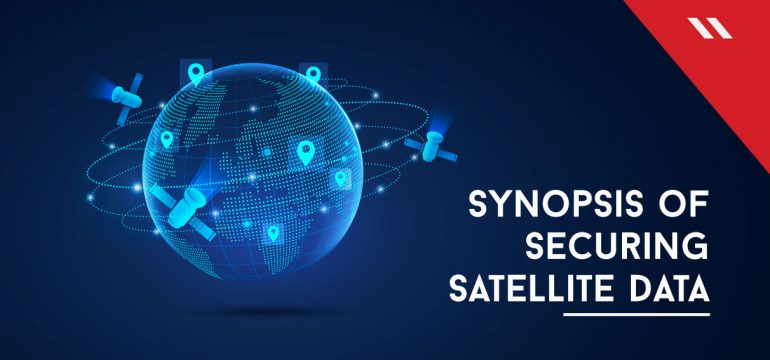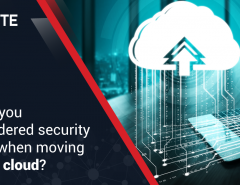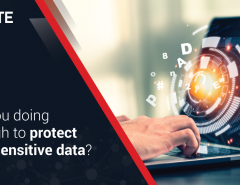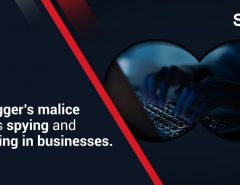A major part of human communications today is dependent on satellites.
More so, global navigation systems, military strategies, information collection, environment research, and even the internet are all dependent on the smooth functioning and continuous integration with these valuable assets.
Considering that all satellites are dependent on cyber technology, there has been rising awareness of the importance of satellite information security. In an age where nation-states pose cyber warfare against each other, satellites provide an opportunity for malicious actors to critically damage infrastructure and other assets.
A paper released by The Royal Institute of International Affairs from think-tank Chatham House highlighted this threat through an example from 2018 wherein Russia persistently jammed civilian GPS signals during a 2018 exercise by NATO in Europe.
Hence, satellites have their own unique cybersecurity challenges.
Satellites have a number of vulnerability points
Satellites need to communicate with their controllers in space or otherwise as well as other satellites in the Earth’s orbit. This to and fro information exchange happens through internet networks. Thus, the points of vulnerability are many and this makes them susceptible to cyberattacks.
Complexity of operations
Modern-day satellites are very complex devices with millions and millions of lines of code, uncountable entry points and split-second communication between multiple entities. The sheer magnitude of these devices suggests that the scope for errors and vulnerabilities vastly magnifies.
Huge repercussions
It is difficult to underestimate the kind of impact satellites have on everyday life. Mobile phone networks, complex navigation systems, Internet of Things (IoT) devices, large-scale electrical grids, power suppliers, to name just a few, rely on satellites for smooth functioning of their day-to-day operations.
In case of any damage, the consequences are severe and far-reaching.
The question of accountability
Accountability can often be a grey area when it comes to satellites, providing attacks with even more impetus. The question of who owns a satellite can often have different layers in the answer as different nation-states can co-own different aspects of the process. This opens the door for non-state actors to act with impunity.
Dealing with satellite cybersecurity will require consistent planning and a broad agreement between different stakeholders on the threats involved and the actions that are required. Essentially though, for technology as important as this, nothing can be left to chance.
Threat assessments and cyber maturity
Organizations which rely on satellites must regularly conduct threat assessments to understand their own maturity. Regular threat assessments will help reveal the exact types of threats that satellites can face and actions can be formulated to prevent them. At the same time, an organization’s own evolution will help it develop its plan of action.
Maintain contingency plans for every situation
Satellites can fail considering that they function outside the earth’s surface and are technically complex machines. In events of this nature, stakeholders need to pre-sketch a contingency plan and have a robust data back-up of information available in the satellite.
Access control
Satellites rank right at the top when it comes to being carriers of critically important information. It becomes crucial for their own safety that access control becomes a top priority. As mentioned earlier, there are thousands of components in a satellite with millions of lines of code. Access needs to be limited on a need-to-know basis to ensure that operating environments are kept as secure as possible.
Continuous penetration testing
Penetration testing is a key aspect of satellite cybersecurity and it must begin right from the production stage. Every step must have a testing section to it which will help manufacturers understand the different channels of vulnerability.
Satellites shape the modern-day in more ways than we are aware of. It is important for all stakeholders involved in their operations to maintain a secure environment, far away from cyber threats to ensure that disruption is minimized.




